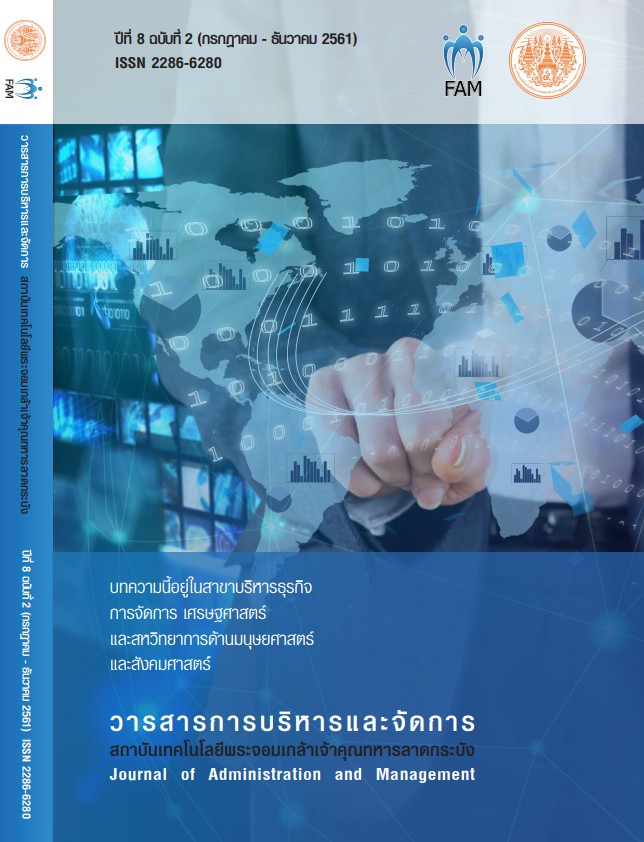Guidelines for the tourism management of ethnic Hmong at Ban Toob Kho, Dan Sai district, Loei province
Main Article Content
Abstract
This qualitative research and aimed (1) to study the tourism context of Toob Kho village. Dan Sai District, Loei Province (2) to study the natural tourism management, history and culture Amphoe Dan Sai, Loei Province. The study used community tourism management theory, development concepts, and identity concepts in content analysis. There were 25 key informant were village headman, academic tourism, academicians village scholar, and villagers to share information. The study was conducted by using interviews, record forms, conferences, group discussions as a tool for data collection. Analysis of the data was analyzed by content analysis and then presented with an analytical depiction of the photographs. The study found that 1) Toob Kho village is a village in Dansai district of Loei Province, which had a specific identity as an ethnic group of settlers. They had a history of struggles, lifestyles, arts, culture, and traditions that could lead to the creation of a tourist attraction. In terms of tourism management by the community itself was not a clear form, but had been part of the tourism of Kok Saton and tourism of Loei Province. 2) The Toob Kho village’s tourism management approach found a need for a collaborative process in the implementation. There was a relevant section that could provide insights into tourism, promote and support budgets as sponsors. Then plan and share with the people in the community, set a community tourism development plan.
Article Details
Journal of KMITL Business School is available both online and in printed version.
**All articles or opinions presented in this issue of the Journal of KMITL Business School reflect the thoughts of their respective authors. This journal serves as an independent platform for a variety of viewpoints. Authors bear full responsibility for the content of their articles.**
**All articles published in this journal are copyrighted by KMITL Business School, King Mongkut's Institute of Technology Ladkrabang. The editorial team permits copying or using articles, but a reference to the journal is required.**
References
ชัยศนันท์ สมปัญญาธิวงศ์ และ เอื้องไพร วัลลภาชัย. (2559).การศึกษาความพร้อมเพื่อรองรับการท่องเที่ยวเชิงวัฒนธรรมของกลุ่มชาติพันธุ์ม้งบ้านตูบค้อ ตำบลกกสะทอน จังหวัดเลย. ใน วารสารวิจัยมหาวิทยาลัยเวสเทิร์น มนุษยศาสตร์และสังคมศาสตร์. ฉบับที่ 2 ฉบับที่ 3 เดือนกันยายน–ธันวาคม 2559, หน้า 9-24.
พจนา สอนศรี. (2546). คู่มือการจัดการท่องเทียวโดยชมชน. กรุงเทพฯ : โครงการทองเที่ยว เพื่อชีวิตและธรรมชาติ.
พระธรรมปิฎก (ป.อ.ปยุตโต). (2539). การพัฒนาที่ยั่งยืน. พิมพ์ครั้งที่ 2. กรุงเทพฯ : สำนักพิมพ์มูลนิธิโกมลคีมทอง.
เพ็ญจันทร์ สังข์แก้ว. (2553). การพัฒนารูปแบบการจัดการองค์กรธุรกิจชุมชนเพื่อการพึ่งตนเองตามแนวเศรษฐกิจ พอเพียงประเภทธุรกิจเกษตรของเกษตรกรปลูกมะขามหวานเพื่อการค้า จังหวัดเพชรบูรณ์. สถาบันวิจัยและพัฒนา มหาวิทยาลัยราชภัฎเพชรบูรณ์.
ไพฑูรย์ พงษ์ศะบุตร และวิลาสวงค์ พงษ์ศะบุตร.(2536). คู่มือการอบรมมัคคุเทศก์ (พิมพ์ครั้งที่3). กรุงเทพฯ :โรงพิมพ์จุฬาลงกรณ์มหาวิทยาลัย.
วีระพล ทองมา. (2559). การท่องเที่ยวโดยชุมชน (Community Based Tourism :CBT) สำหรับการพัฒนาคุณภาพชีวิตของชุมชนในเขตที่ดินป่าไม้. เข้าถึงจาก http://www.cbt
ยุพาพร รูปงาม. (2545). การส่วนร่วมของข้าราชการสำนักงบประมาณ ในการปฏิรูประบบราชการ. ศิลปศาสตรมหาบัณฑิต, สถาบันบัณฑิตพัฒนบริหารศาสตร์
สถาบันวิจัยวิทยาศาสตร์และเทคโนโลยีแห่งประเทศไทย. (2540). องค์ประกอบของการท่องเที่ยว (Tourism Element). เข้าถึงจาก https://sites.google.com/site/tanapoomza/com เมื่อ 10 มิถุนายน 2560.
สินธุ์ สโรบล. (2008). การจัดการท่องเที่ยวโดยชุมชน. ใน ประชาคมวิจัย ฉบับที่ 57 หน้าที่ 15-21.
ระพีพรรณ ทองห่อ และคณะ. (2547). การพัฒนาศักยภาพการท่องเที่ยวแบบครบวงจร. กรุงเทพฯ : สถาบันวิจัยและพัฒนา มหาวิทยาลัยรามคำแหง. Editorial Team. (2009,February).Creative Economy กับเศรษฐกิจของชาติ. ใน I Design. No.25). หน้า 34-41.


